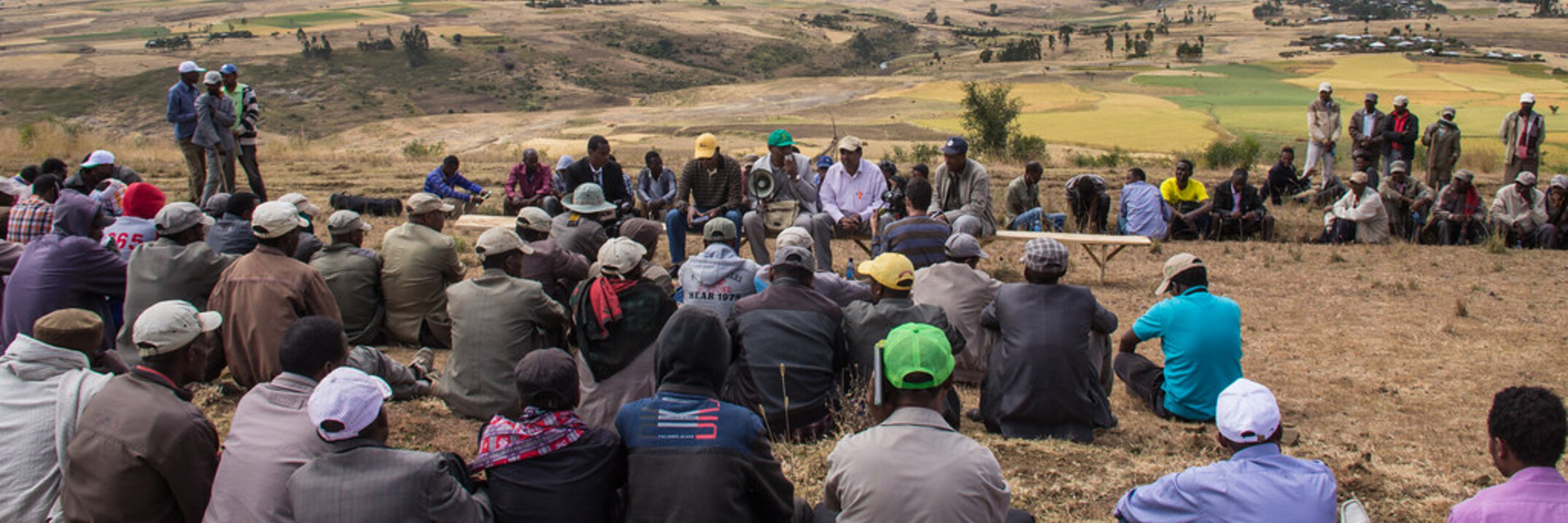Legumes, members of the Fabaceae/Leguminosae family, are the third largest family of higher
plants with almost 20,000 species belonging to 650 genera, and are ubiquitous all over the
world. Among all legumes, pulse crops or food legumes fall into the...


